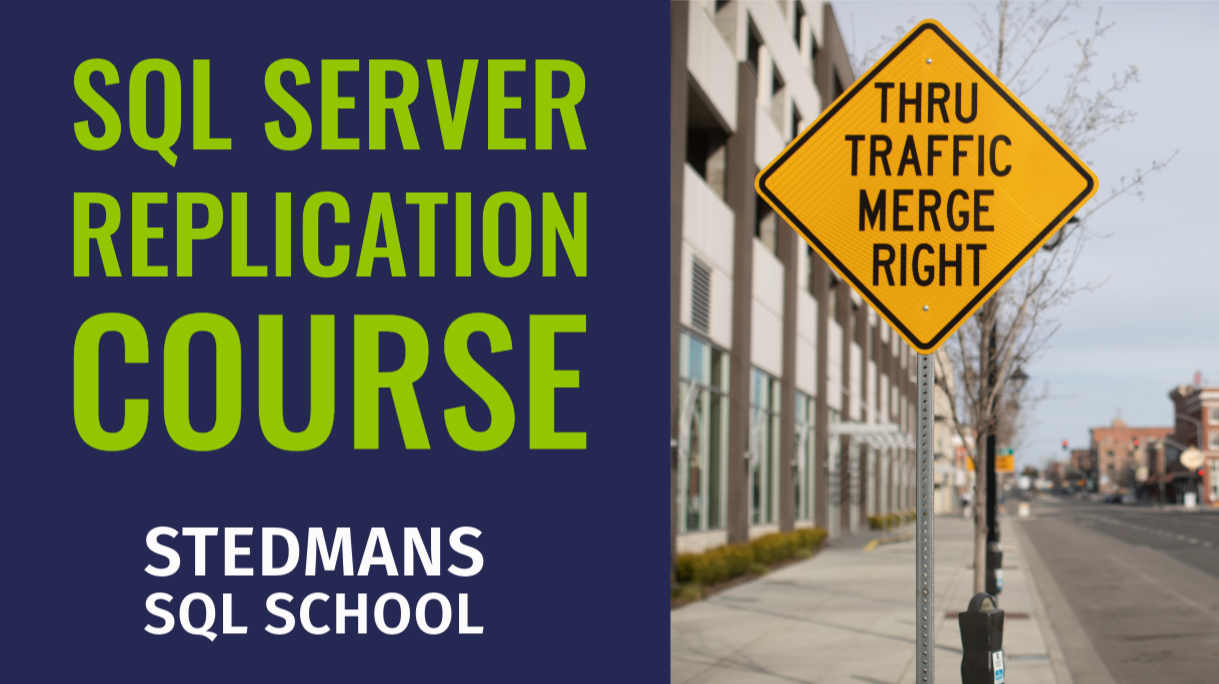Understanding Transactional Replication in SQL Server
Ensuring that your databases are synchronized across different locations with minimal delay is not just a convenience—it’s a necessity. This is where transactional replication in SQL Server shines, making it a pivotal strategy for systems that require real-time data replication with high consistency. Our latest video, “Transactional Replication in SQL Server”, dives deep into this topic, offering insights and visual walkthroughs that are invaluable for database administrators and developers.
Video on Transactional Replication
Watch it directly on YouTube. https://youtu.be/69H3KAvit7I
How Transactional Replication Works
Transactional replication in SQL Server involves three key components:
- Publisher: This is the source SQL Server instance that holds the original database and data.
- Distributor: This instance acts as a repository for replication data, including transaction logs and metadata.
- Subscriber: The destination SQL Server instance that receives the replicated data.
Process Overview:
- Log Reader Agent: This agent scans the transaction log for changes to replicated objects and moves these transactions to the distribution database.
- Distribution Agent: It processes these transactions from the distribution database and applies them to the Subscriber.
- Snapshot Agent: Used initially to create a full snapshot of the replicated data for setting up the Subscriber database.
Advantages of Transactional Replication
- Real-time Data Movement: It provides almost instantaneous data replication, keeping Subscribers closely in sync with the Publisher.
- Consistency: Ensures that all transactions are replicated exactly as they occur, maintaining integrity across databases.
- Flexibility: Allows specific filtering of data and objects to tailor the replication to your specific needs.
Disadvantages of Transactional Replication
- Performance Overhead: The constant monitoring and processing of transaction logs can impact the performance of the Publisher.
- Complexity: It requires careful planning and setup, especially in larger or more distributed environments.
- Bandwidth Requirements: High volumes of data changes necessitate sufficient network bandwidth to handle the replication process effectively.
Ideal Use Cases
- High Availability Systems: Essential where up-to-date data access with minimal latency is crucial.
- Distributed Database Environments: Ideal for operations that span multiple locations needing consistent data.
- Reporting and Business Intelligence: Supports up-to-date data replication to separate reporting servers, avoiding direct loads on production servers.
Conclusion
Transactional replication is a robust and essential feature for organizations that need to maintain accurate and consistent data across various locations. While it comes with its challenges, the benefits of having a near real-time replication system can significantly outweigh these, particularly for critical business operations. To harness the full potential of transactional replication, proper setup and ongoing management are crucial.
I encourage you to watch our comprehensive video on this topic to gain deeper insights and see transactional replication in action. This understanding will empower you to implement and manage this replication strategy more effectively within your organization.
Replication Course Enrollment Information
Want to learn more about replication?

If you’re ready to take your SQL Server skills to the next level, visit Stedman’s SQL School SQL Server Replication Course to learn more and enroll today.
We look forward to helping you succeed and are excited to see how you leverage these skills to optimize and innovate within your own database environments.
Transactional replication is just one of the many features SQL Server has to offer, but understanding it thoroughly can make a significant difference in how you manage your data infrastructure.
